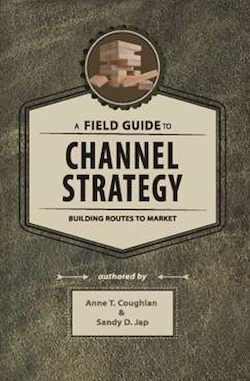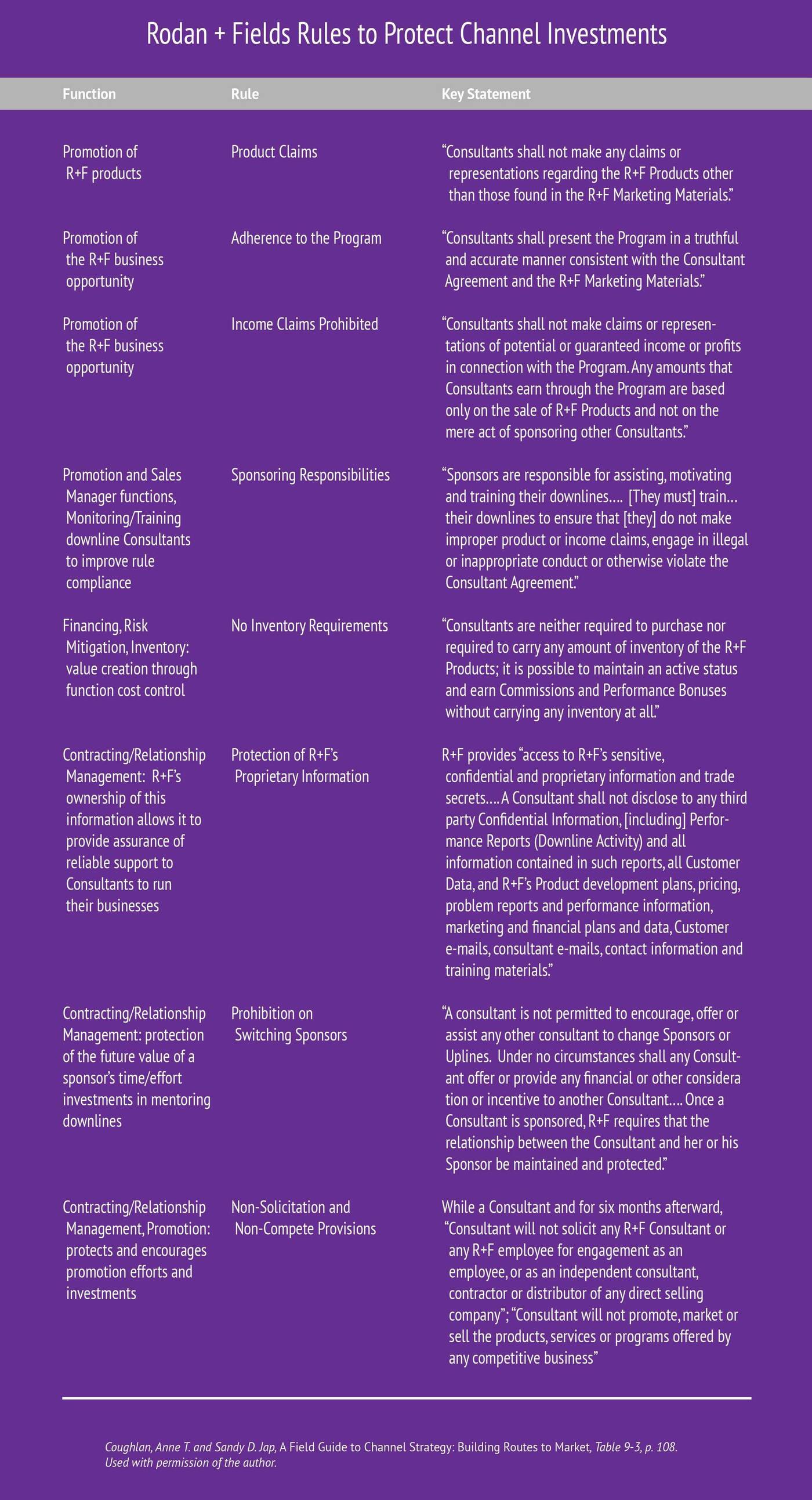Marketing Jan 6, 2017
How to Ensure Your Great New Product Reaches the Right Customers
Don’t neglect distribution-channel strategy: “disaster lurks around the corner if you don’t pay attention.”

Lisa Röper
You are an entrepreneur with a hot new product—an educational board game, a gluten-free brownie, or a trendy handbag. Your focus group loved it, you secured a supplier at a competitive price, and you have applied for a patent. But your success may ultimately have less to do with your amazing product than with how well you distribute it.
“Disaster lurks around the corner if you don’t pay attention,” says Anne Coughlan, a professor of marketing at the Kellogg School. “You may think you have the hottest product out there, but if it doesn’t land in consumers’ hands, you might as well have nothing at all.”
Successful entrepreneurship relies on pinpointing who your end users are and knowing what channels to use to reach them.
“Is it retail? Is it wholesale? Is it bricks and mortar? Is it online? Is it multichannel?’” she says. “Do I use distributors? Do I use reps? Do I go directly to the end user?”
To answer these questions, entrepreneurs must know which distribution channels offer the right level of service and convenience to please their customer, and they must make sure those partners deliver on their promises.
For an in-depth look at distribution channel strategy, order Anne T. Coughlan and Sandy D. Jap’s book, A Field Guide to Channel Strategy: Building Routes to Market, in print or Kindle versions.

Many companies make the mistake of downplaying the importance of thinking through how difficult and important this step is for a new business.
“Think about this for a minute: You spend all this time as an entrepreneur, you have this great idea, and you specifically choose to give away control,” Coughlan says. “You hand it over to a separate company over which you have very little contractual control and you say, ‘take care of my baby.’”
To ensure that the process goes smoothly, Coughlan offers distribution channel strategies for entrepreneurs to keep in mind.
Who’s the End User? (And Who Are You?)
The first step to a successful channel strategy is identifying your end users and how they define their ideal buying experience. Different customers will gravitate to different stores: your typical Costco shopper, for example, has different needs than someone at the corner bodega, whose needs are different still from those of someone shopping online at Peapod.
“Ask who your end users are—not just what they want to buy, but how they want to buy,” Coughlan says. For example, consumers are willing to pay significantly different prices for a 20-ounce soda at the grocery store than from a vending machine.
“You may think you have the hottest product out there, but if it doesn’t land in consumers’ hands, you might as well have nothing at all.”
At the same time, entrepreneurs must ensure that their own companies’ identities align with the channel they have chosen. If you sell beauty products, “you have to decide whether you want your company to be seen as offering products that only sell at high-end salons or at Walmart,” Coughlan says. “You can’t be both. Knowing that, along with who your end users are, helps inform what kind of channel strategy you should have.”
And while some companies may have a roadmap for a multichannel future, Coughlan advises entrepreneurs to start small.
“Entrepreneurs should start with a modest plan that has a chance to be workable. You don’t just walk up to Walmart and say, ‘Here are my products. Put them on your shelf,’” Coughlan says. “Once you build brand equity, you can expand distribution, perhaps tapping the mass market with a variation on the original product.”
Set the Rules
Once you have chosen where to sell your product, it is important to establish a set of rules that define the responsibilities of each player in the supply chain. “What is good behavior and what is bad behavior? You can’t just make it up in your head and assume your distributors understand,” Coughlan says. In the U.S., as long as these policies are universally stated to each channel partner and not negotiated individually, they are legally binding.
For example, an entrepreneur can set minimum prices for their products, establish procedures for ordering inventory, and mandate how much stock must be kept on hand. “She could say, ‘In order to serve our customers well, you need to have three weeks of safety stocks,’” Coughlan says. “Or, ‘You need to reorder when you’re down to one unit on the pegboard.’”
Communicating those policies is only a first step. Successful entrepreneurs must monitor the channel and enforce its rules.
“Establish channel rules of conduct, communicate them clearly to your partners, monitor partner activities, and enforce penalties—those things have to all be there,” she says. “If you never check, do you think your partners are obeying?”

For example, the policy manual for direct-sale skin-care company Rodan + Fields (see graphic) includes penalties for noncompliance by the company’s independent contractors, or “consultants.” These penalties, which range from coaching to issuing warning letters to withholding payment to termination for the most serious infractions, are intended to protect both the firm and its consultants’ investments in the business.
E-commerce Considerations
Entrepreneurs seeking affordable, ready-made distribution-channel solutions are increasingly turning to platforms such as Etsy and The Grommet for brand identity and retail access, as well as help with nitty-gritty operational issues such as shipping, invoicing, and payments.
“The Internet has greatly changed the way we think about going to market,” Coughlan says.
But she cautions that partnering with an e-commerce site does not absolve entrepreneurs of their research and marketing duties.
“You still have to know your end user!” she says. “Let’s say you make beautiful beaded scarves. Well, what kind of beads does your end user want? Do the scarves have to be silk? Plus you need to figure out whether end users will ever come to your store and how you will get them there.”
One of the bigger risks for entrepreneurs selling online is the so-called “gray market.” These are sellers who offer products at steeply discounted prices on Amazon and eBay—prices that do not abide by the minimum-price policies that a manufacturer sets. This undercuts profit margins because authorized dealers can feel they have little choice but to match lower prices, given how easy it is for shoppers to identify the lowest price available online.
So it is crucial to establish your channels knowing who will act as authorized sellers, what they are doing with your product, and whether or not they are living up to their responsibilities for inventory management and customer service provision. Some manufacturers have turned to incentives such as profit sharing or to issuing warnings when they see distributors selling below minimum prices.
Being what Coughlan calls a “strategic skeptic” is a good practice: “assuming things will hum along by themselves is naïve.”


